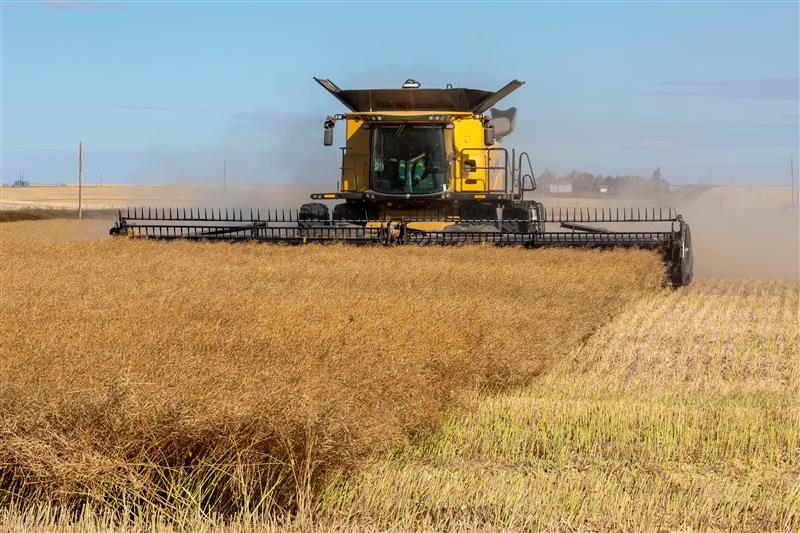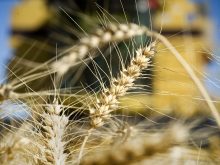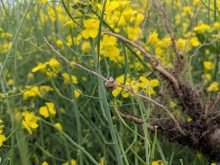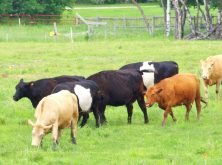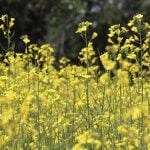More than 20 years ago, Stan Carscallen was working in a far corner of Italy and longing for home. He kept hearing a cow mooing in the valley and hoped seeing it would bring back memories.
“I was feeling so homesick and having been raised on the ranch, I wanted to find that cow and just look at her and smell her for a minute to see how that made me feel,” he said.
“I went into the valley and was led into a stable. The stable doors opened and there was an incredibly massive bull and I was thunderstruck.”
Read Also
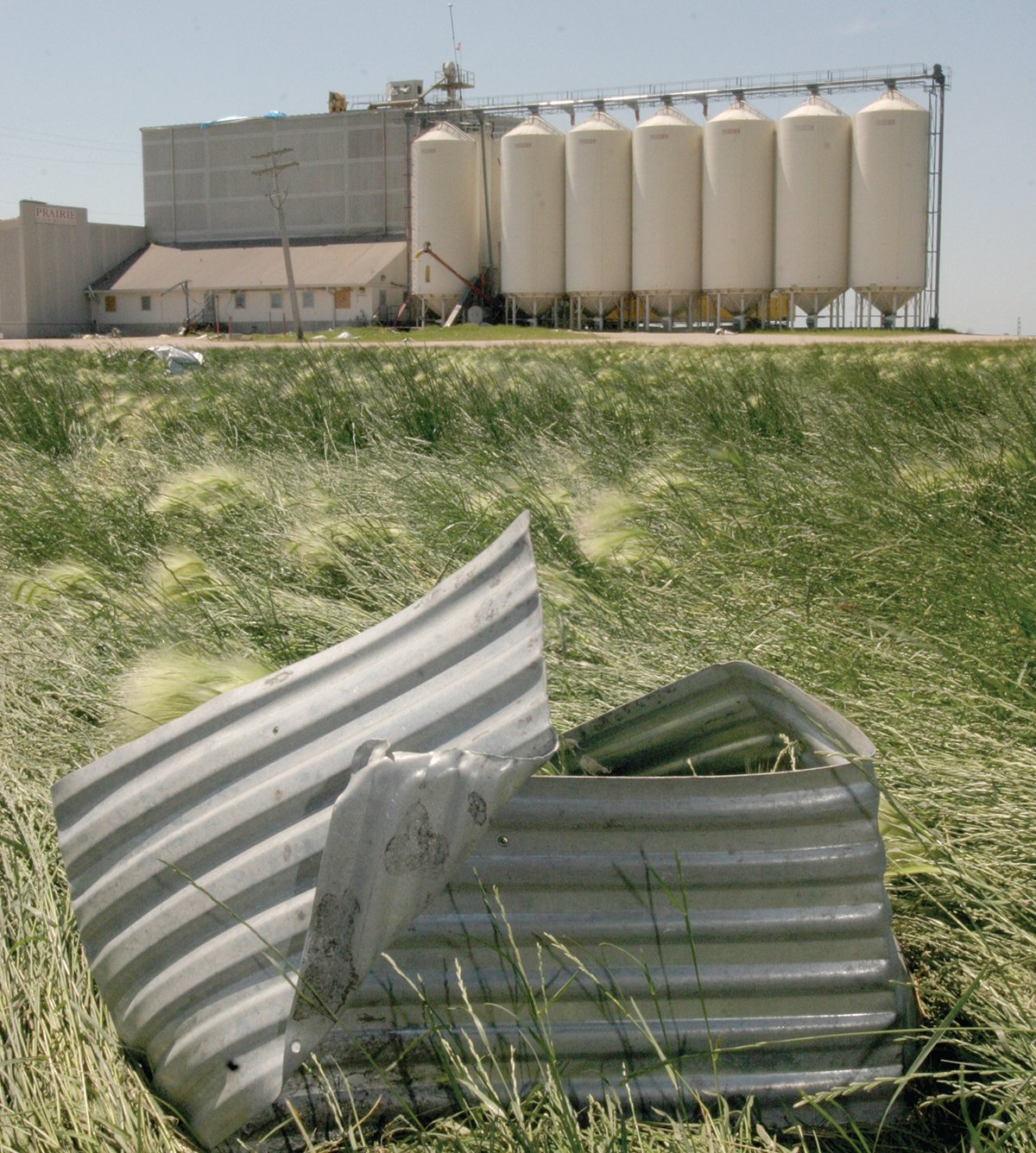
Tornadoes are an extreme whirlwind
Tornadoes form when horizontal spinning air in the storm updraft is tilted vertically by a strong updraft.
Carscallen had set his eyes upon a Marchigiana bull, pronounced mar-key-jana. He immediately made moves to bring it back to Canada and is now one of the main producers of the breed in this country.
His ranch at Priddis, Alta., southwest of Calgary, has 60 full-blood females and 300 percentage cows.
“We run a commercial herd that’s 50 percent Aberdeen Angus and 50 percent Marchigiana. We breed those cows back to the Marchigiana for a three-quarter cross which is our terminal cross.”
The Marchigiana are characterized by their black pigmentation. They have a black nose, black eyes, and black hides, but white hair. The black hide makes them resistant to heat and pinkeye.
The breed is originally from the Podolia region of southwestern Russia, but most of the breed in North America arrived from Italy’s Marche region. It has similar weather to Canada, which makes the transition easier.
Up and out
Carscallen said the cattle are fast-growing – one reason for success of the breed.
“In our commercial herd, we wean the calves at six months of age and then we put them directly into a feedlot and they’re all slaughtered and hanging on a rail by one year of age, both males and females.”
One-year-old males weigh about 1,200 pounds and the females average 1,150 lb.
“From a business point of view, all of our money is out of those cattle by the time they’re one year of age. That’s very efficient growth.”
Carscallen’s main buyers are international because the breed hasn’t expanded much in Canada.
Two of his recent buyers were Dutch and Dorothy Starzman from Moses Lake, Washington. Located half way between Spokane and Seattle, the Starzmans find it more convenient to buy from Canada than the southern United States.
Dorothy said she considers the Marchigiana better cattle, because “they’re just a beefy, nice, less backfat cattle. They probably don’t marble as well as some of the others, but the meat is constructed so it’s a tender meat.”
The Marchigiana is well known for meat, especially veal.
“The calf, when killed right off the cow, produces a tremendous veal product,” Carscallen said. “They are the veal producing breed in Italy.”
But the breed has yet to gain such status in Canada. This might be because the first Marchigiana arrived in North America in the early 1970s, narrowly missing the large import wave of cattle in the late 1960s.
“Breeds that have a lot to offer that came in a little bit after the first wave often didn’t gain a foothold because other breeds had already attracted a certain amount of investment,” said Herb McLane, executive vice-president of the Canadian Beef Breeds Council. He said the Marchigiana arrived after the majority of continental European breeds were imported into North America.
“There are other breeds that you look at and you think they have a lot to offer in a breeding mix, but they haven’t really caught on and sometimes it’s a matter of timing.”
But Carscallen hopes people will recognize the importance of the Marchigiana.
“Of course, the dominant white breed in North America today is Charolais,” he said. “My suggestion is that this white breed could be and should be every bit as recognized, accepted and successful in North America as the first white breed.”

